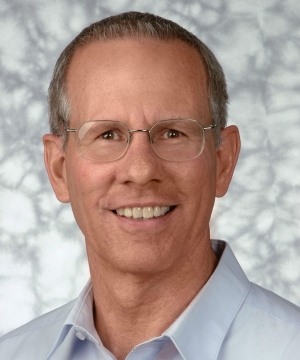

The Value of Self Evaluation
As an Engineer, I have to define my objectives and make sure that every design and manufacturing decision meets my objectives. I can tell anyone why I do everything I do, right down to the tolerance on a single dimension on a single part. It doesn’t mean I’m right, but it does mean I have a reason for everything I do. As a Strength Coach, you have to do the same thing. What is your objective? Why do you do what you do? Everything you do must address your objective. Question every detail of your program, and if the answer to any of your questions is “Tradition”, you need to attend this seminar, because if we Engineers were stuck in “Tradition”, you’d be riding a horse to work. “Tradition” will not take human performance to a higher level and do it safer. It will not reduce injuries in the weight room or on the field. If “Tradition” could do this, it would have done so already.
In 1969, Dennis Keiser received his Bachelor of Science Degree in Mechanical Engineering from California State Polytechnic University, San Luis Obispo. Since then he has devoted his life to the advancement of human performance.
In 1977, after several years of designing conventional weight stack machines, Dennis began testing an idea to use compressed air and pneumatic cylinders as a source of resistance. The reason, to provide a means to deliver a consistent resistance over a wide range of exercising speeds. It was Keiser’s belief that if we were to advance to higher levels of performance, we could no longer be bound by training at the slow speeds the use of gravity and iron requires.
Keiser’s first production machine debuted in July of 1978. The Los Angeles Rams were the first to buy, followed closely by several more NFL teams over the next few years. Today, over 70% of the NFL, MLB, NBA, NHL, and the major soccer teams in Europe, utilize Keiser in their training programs.
In 1984, Keiser built the first computerized strength training machines to measure Work, Speed, and Power produced during each repetition at a given resistance. Today, Keiser’s Air 420 10-rep test is used by many teams to determine a player’s readiness to return to play after an injury.
In 1988, Keiser got into the business of coaching elite and Olympic athletes. Hiring Randy Huntington as its head coach, Keiser created a stable of elite athletes; from race car drivers, tennis players, football players, and a series of track and field athletes, most notably Mike Powell. In 1991, Mike broke Bob Beamon’s 23-year-old long jump record, a record many felt would never be broken. Mike has held that record for over 25 years with no one even close to breaking it.
In January 1994, Keiser received a Small Business Innovation Research grant from NASA, to design and build a single-station, multi-function exercise device for use by astronauts during long-duration space flights. In July of 1994, the completed device, dubbed “SX-1 Ergo Space”, was delivered to NASA’s Ames Research Center for testing.
Dennis Keiser has never wavered from his goal and passion to dramatically improve human performance and do it safer. Today Keiser leads the world in speed and power training.
